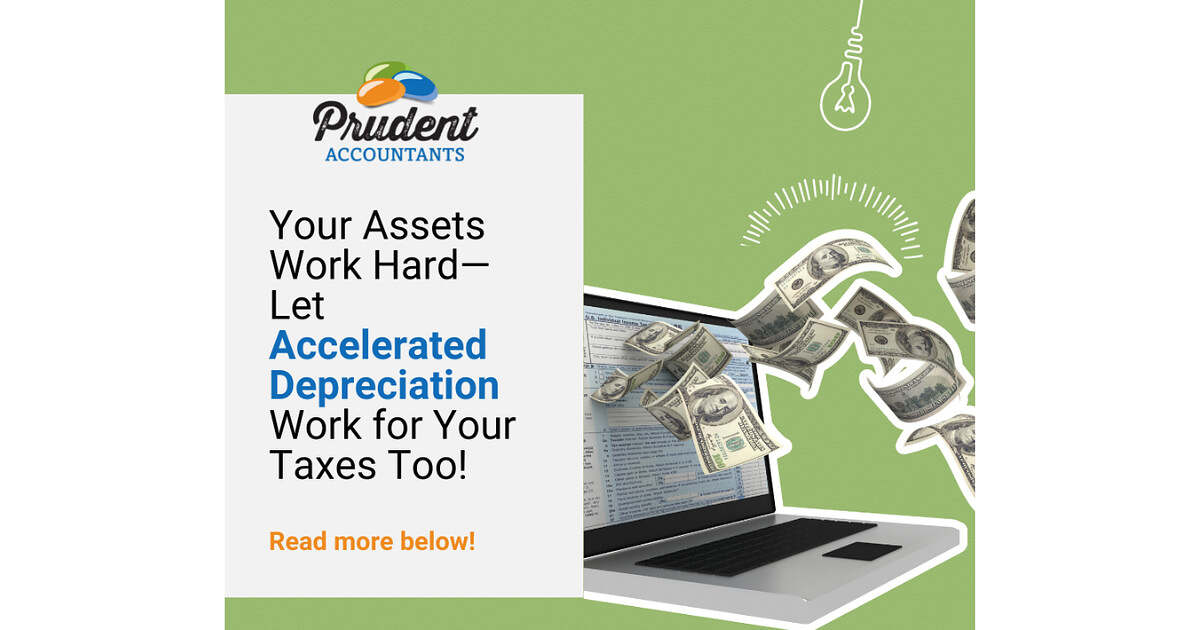Accelerated Depreciation: The Smartest Way to Slash Taxes and Boost Cash Flow

The Investment That Paid Off Sooner Than Expected
When Mark purchased a commercial building for his growing business, he expected to slowly deduct its cost over decades. But then his accountant introduced him to accelerated depreciation—a strategy that allowed him to deduct a significant portion of the cost upfront.
By leveraging bonus depreciation and Section 179 expensing, Mark’s business saved thousands in taxes in the first year, improving cash flow and giving him the funds needed to reinvest in his next property.
What is Accelerated Depreciation?
Accelerated depreciation is a tax strategy that allows businesses and real estate investors to take larger deductions on asset purchases upfront rather than spreading them out evenly over many years.
- Bonus Depreciation – Allows businesses to immediately deduct a percentage of qualified asset costs in the first year.
- Section 179 Expensing – Enables businesses to expense the entire cost of certain assets upfront, within set limits.
How Does Accelerated Depreciation Work?
Example: Jessica’s Business Saves Big with Depreciation
Jessica buys a $100,000 piece of machinery for her business. Instead of deducting the cost over five years using straight-line depreciation, she opts for accelerated depreciation.
Option 1: Double Declining Balance (DDB) Method
- Depreciation Rate: 40% (double the standard straight-line rate).
- First-Year Depreciation: $40,000 deduction.
- Tax Savings (C-Corp at 21% rate): $8,400 saved.
- Tax Savings (Pass-Through Entity at 24% rate): $9,600 saved.
Option 2: Bonus Depreciation in 2025
- Bonus Depreciation Rate in 2025: 40%.
- Jessica can deduct: $40,000 upfront.
- Future Bonus Depreciation Schedule:
- 2026: 20%
- 2027 and beyond: 0% (phases out completely).
Option 3: Section 179 Expensing
- Jessica elects to deduct the full $100,000 cost under Section 179.
- If her taxable income is too low, she can carry forward the deduction to future years.
Key Differences: Bonus Depreciation vs. Section 179
| Feature | Bonus Depreciation | Section 179 Expensing |
|---|---|---|
| Deduction Type | Deducts a percentage of the cost in Year 1 | Deducts full cost (up to limits) in Year 1 |
| Applies To | Entire asset class (5, 7, 15-year property) | Individual assets (case-by-case basis) |
| Carryforward Rules | Not limited by taxable income | Can carry forward excess deductions |
| Phase-Out | 40% in 2025, 20% in 2026, 0% in 2027 | Remains available but subject to annual limits |
| Best For | Businesses looking for large upfront deductions | Businesses needing flexibility in tax planning |
Final Thoughts
Accelerated depreciation isn’t just a tax strategy—it’s a powerful financial tool that helps businesses and real estate investors free up capital, reduce tax burdens, and reinvest in growth.
Key Takeaways:
- Take advantage of bonus depreciation before it disappears.
- Use Section 179 for more control over tax planning.
- Consider the impact of future tax rates on your deductions.
By leveraging the right depreciation method, you can ensure that your tax strategy aligns with your cash flow needs and investment goals.
For expert tax guidance, contact Prudent Accountants today!








